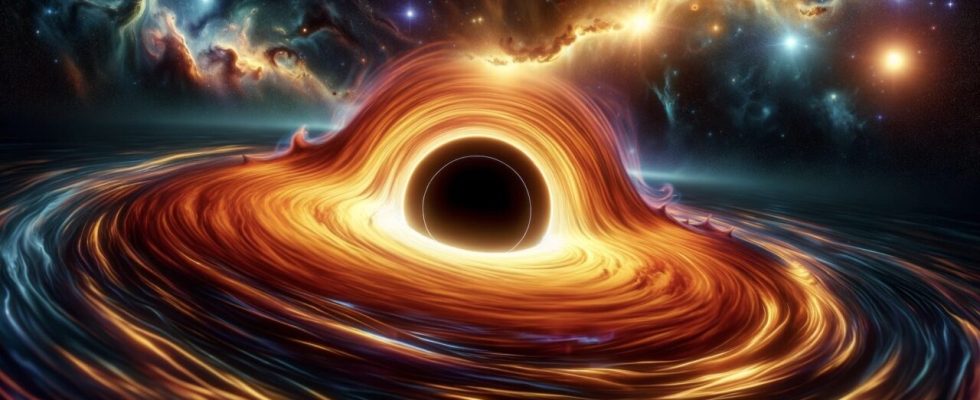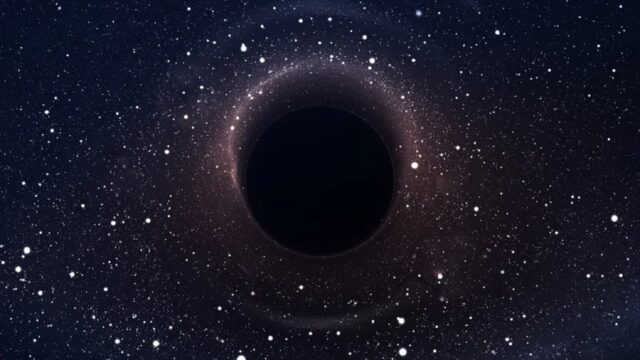NASAhas released a new animation that offers an exciting look into the mysterious world of black holes. While it is obvious that black holes are a mystery in themselves, this animation Trying to put forward new ideas. This mystery of black holes also poses difficulties for astrophysicists.
First look inside the black hole with NASA’s new video
So they are forced to theorize and guess what lies beyond the mysterious objects. NASA researchers are taking these theories one step further and creating a new animation that takes the viewer inside the black hole. Thus, they provide a chance to take a look at the mysterious world of black holes.

Black holes are known as the densest objects in the universe. It is already a known fact that light cannot escape into the event horizon of black holes. Because the gravitational force of these objects consists of a very intense structure. At the border of the black hole, called the accretion disk, is a bright orange-yellow circle of superheated material that is drawn around the black hole.
From time to time, pieces of the accretion disk fall into the black hole, causing flares that astronomers can observe and document. This new animation by NASA resembles the unforgettable scene in the movie Interstellar, where the lead character dives into the black hole.
The main character of this new animation represents a massive black hole with 4.3 million times the mass of the Sun. “I simulated two scenarios in which one camera narrowly missed the event horizon and came back out, and in another it crossed the border and sealed its fate,” said astrophysicist Jeremy Schnittman of NASA Goddard Space Flight Center, creator of the animation.
The animation shows the camera starting around 400 million miles away from the black hole, and as the viewer gets closer, everything becomes increasingly distorted as time and space are warped by the black hole. After crossing the event horizon, the viewer becomes “spaghettified” (stretched out like spaghetti) in less than 13 seconds.
This black hole visualization from NASA offers a new dimension in understanding and trying to understand the complex physics of black holes. Such visual representations are a source of great interest for enthusiasts and scientists who want to solve the mysteries of black holes. What contributions can such visual experiments make to astrophysics research? You can share your opinions with us.



